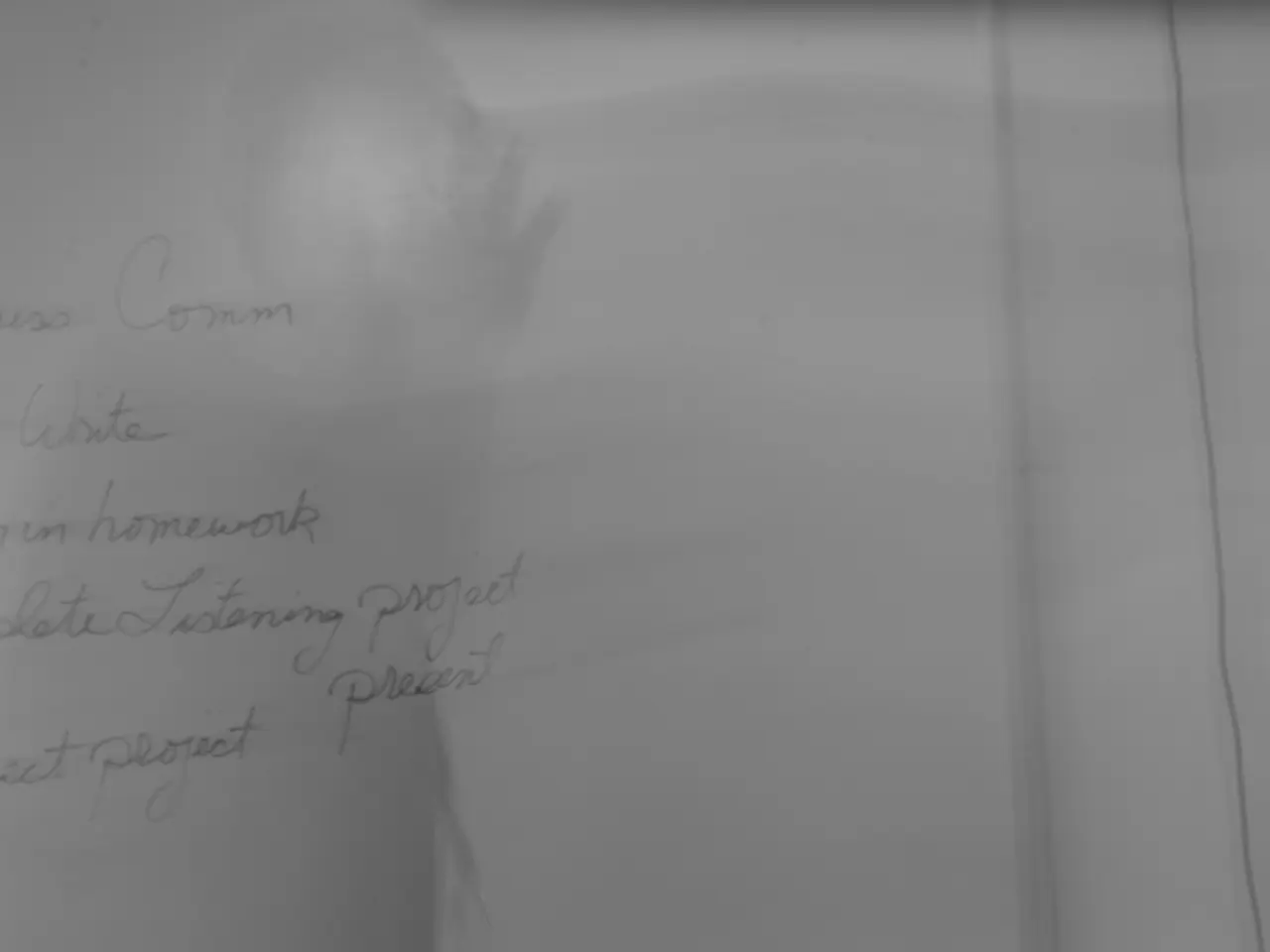Techniques for Crafting a Psychology Research Paper: Expert Advice
In the realm of psychology research, presenting findings in a clear and structured manner is crucial for ensuring academic rigour and reader comprehension. Here are seven strategies that can help improve the structure and clarity of your psychology research paper.
1. **Follow a Clear and Standardized Structure** Adhere to the commonly accepted format used in psychology research, which typically includes an Introduction, Literature Review, Methodology, Results, Discussion, Conclusion/Summary, and References. This well-established sequence aids logical flow and reader comprehension, ensuring your paper is coherent and academically rigorous.
2. **Use a Detailed Table of Contents and Headings** A comprehensive Table of Contents (ToC) with accurate page numbers helps readers navigate your paper efficiently. Use consistent, hierarchical headings following APA style to organize sections and subsections clearly. This visual structure guides readers through your arguments and findings, boosting clarity.
3. **Develop a Thoughtful Outline Before Writing** Create a structured outline listing main points and sub-points based on your research and literature. Organize them logically to establish a clear hierarchy of ideas. This helps keep your argument focused and supports a smooth progression of ideas throughout the paper.
4. **Maintain Formal Tone and Precision in Language** Write in a formal academic tone using precise, concise language. Avoid ambiguity and unnecessary complexity. This enhances the clarity and professionalism of your work, making your arguments more convincing.
5. **Adhere Strictly to APA Style Guidelines** Consistency in formatting, citations, and references according to APA 7th edition is essential. Proper citation not only shows respect for intellectual property but also reinforces the credibility of your research. This academic standardization promotes clarity and trustworthiness.
6. **Seek Feedback and Revise** Solicit feedback from mentors or colleagues to refine your research question and improve clarity. Revising based on constructive criticism often reveals gaps or confusing sections you might overlook, resulting in a more polished final paper.
7. **Ensure Coherent Transitions and Logical Flow** Use transitional phrases and topic sentences to link paragraphs and sections smoothly. This logical connectivity helps readers follow your reasoning effortlessly, enhancing the overall clarity of your paper.
By implementing these strategies, your psychology research paper will be more structured, clear, and academically sound. Remember to present your results in a clear and organized manner, using tables, graphs, or charts as needed. The abstract should provide a brief summary of the study, while the title should be concise and reflect the main idea of the research. Always properly cite any sources referenced in the paper, and ensure your data is visualized for easier interpretation. Online sources should be credible and scholarly, with peer-reviewed journal articles, books, and academic databases prioritized over general websites or blogs. Lastly, revise and edit your paper for clarity, coherence, grammatical errors, spelling mistakes, punctuation issues, proper formatting, and feedback from peers, professors, or mentors.
In the context of education-and-self-development, understanding and applying the themes of structure and clarity, as analyzed in literature, can help individuals write clear and organized psychology research papers. Implementing strategies such as adhering to a standardized structure, using a detailed table of contents, developing a thoughtful outline, maintaining a formal tone, and seeking feedback are essential for enhancing the academic rigor and reader comprehension of a psychology research paper.




